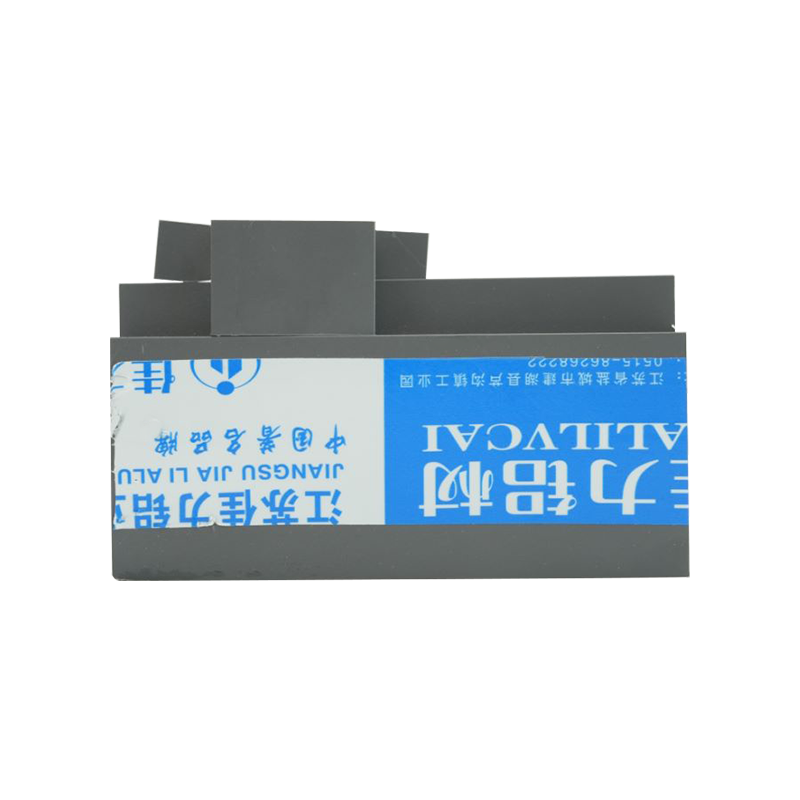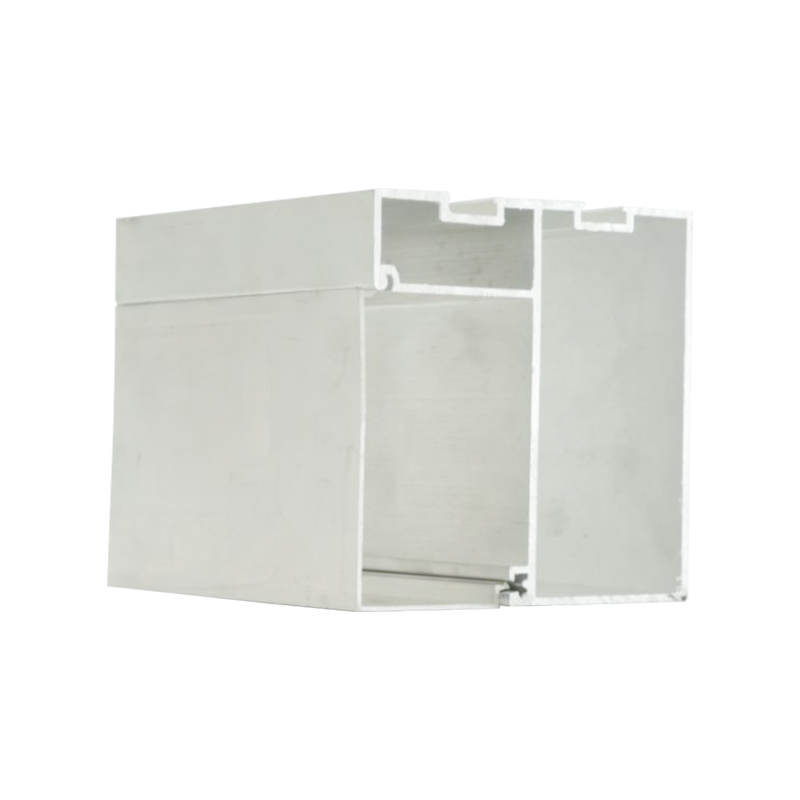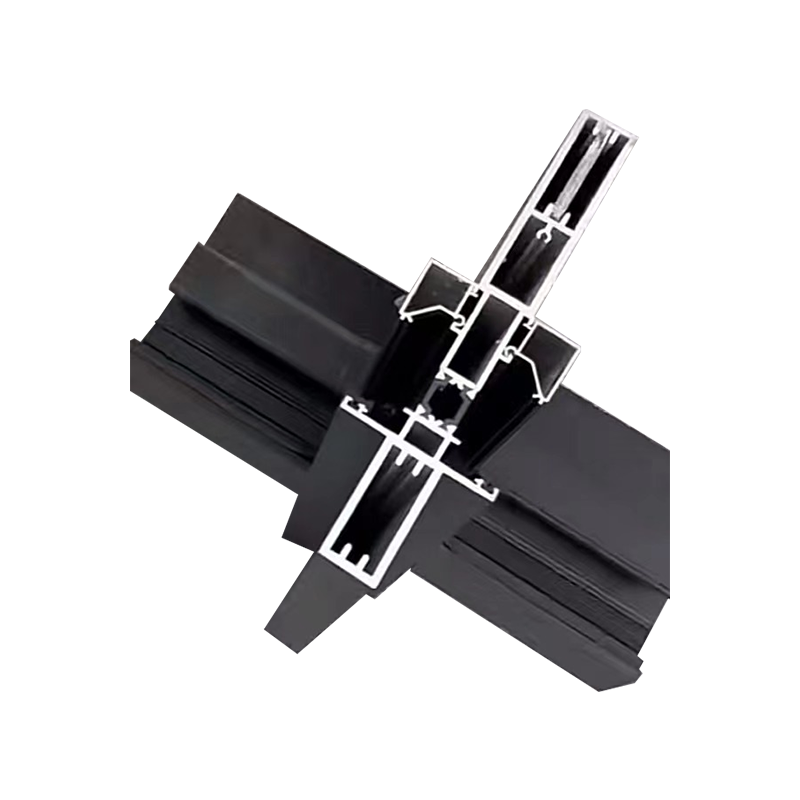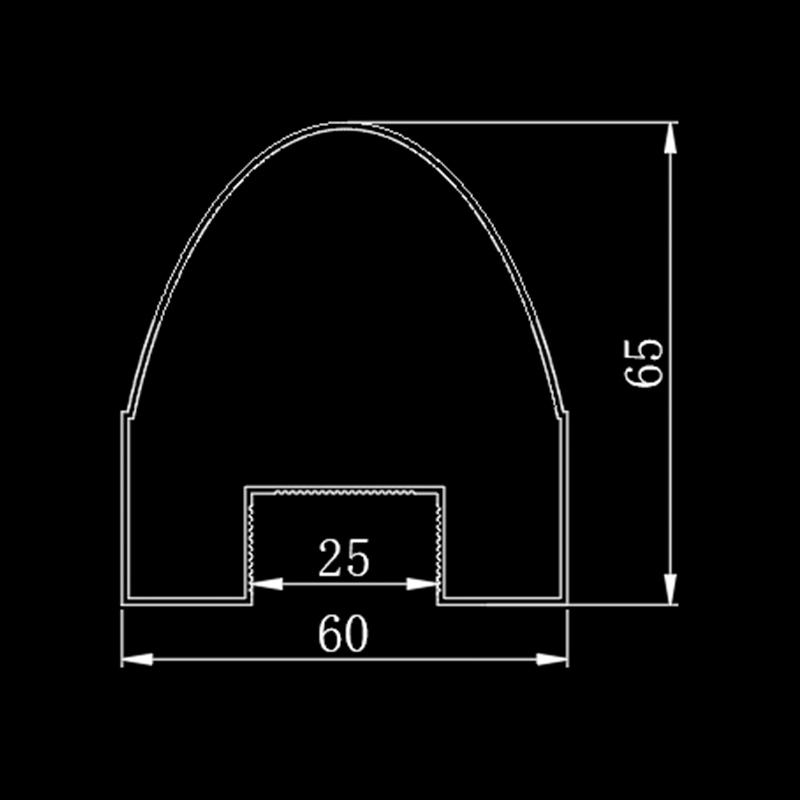Lightweight casement window architectural aluminum profile is widely used in modern construction due to its durability, energy efficiency, and aesthetic appeal. However, like any building component, it requires proper maintenance to ensure long-term performance.
Cleaning and surface care
One of the most critical aspects of maintaining lightweight casement window architectural aluminum profile is regular cleaning. Dust, dirt, and environmental pollutants can accumulate on the surface, potentially leading to corrosion or discoloration over time. A mild soap solution and a soft cloth or sponge are recommended for routine cleaning. Avoid abrasive cleaners or steel wool, as they can scratch the aluminum surface. For stubborn stains, a non-abrasive cleaner specifically designed for aluminum can be used. After cleaning, rinse thoroughly with clean water to remove any residue.
In coastal or industrial areas where salt or chemical exposure is high, more frequent cleaning may be necessary. Applying a protective wax or specialized aluminum coating can help enhance resistance to corrosion and maintain the profile’s appearance. However, ensure that any protective product used is compatible with aluminum to avoid adverse reactions.
Lubrication of moving parts
Lightweight casement window architectural aluminum profile often includes hinges, locks, and other mechanical components that require periodic lubrication. Silicone-based or Teflon lubricants are ideal for these parts, as they provide smooth operation without attracting dust. Avoid petroleum-based oils, as they can degrade rubber seals and attract dirt.
Lubrication should be performed at least once or twice a year, depending on usage frequency. Focus on the following areas:
- Hinges and pivots – Ensure smooth opening and closing.
- Lock mechanisms – Prevent stiffness or jamming.
- Rollers and sliding tracks (if applicable) – Maintain effortless movement.
After applying lubricant, operate the window several times to distribute it evenly. Excess lubricant should be wiped away to prevent buildup.
Inspection for damage and wear
Regular inspections help identify potential issues before they escalate. Key areas to examine include:
- Frame and profile integrity – Check for dents, cracks, or warping.
- Seals and gaskets – Look for signs of wear, hardening, or gaps that could affect insulation.
- Hardware functionality – Ensure locks, handles, and hinges operate smoothly.
- Drainage channels – Clear any blockages to prevent water accumulation.
If damage is detected, timely repairs or replacements should be made to avoid further deterioration. Minor scratches can often be treated with touch-up paint designed for aluminum, while significant structural damage may require professional intervention.
Preventive measures for long-term durability
Beyond routine maintenance, certain preventive steps can extend the lifespan of lightweight casement window architectural aluminum profile:
- Avoid harsh impacts – While aluminum is strong, excessive force can cause deformation.
- Ensure proper installation – Poorly fitted windows may lead to operational issues or air leaks.
- Monitor environmental exposure – In extreme climates, additional protective treatments may be necessary.
Proper maintenance of lightweight casement window architectural aluminum profile ensures optimal performance, energy efficiency, and longevity. Regular cleaning, lubrication of moving parts, thorough inspections, and preventive care are essential practices. By following these guidelines, homeowners and building managers can preserve the functionality and appearance of their aluminum windows for years to come.

 ENG
ENG
 English
English русский
русский 中文简体
中文简体 Español
Español bahasa Indonesia
bahasa Indonesia






